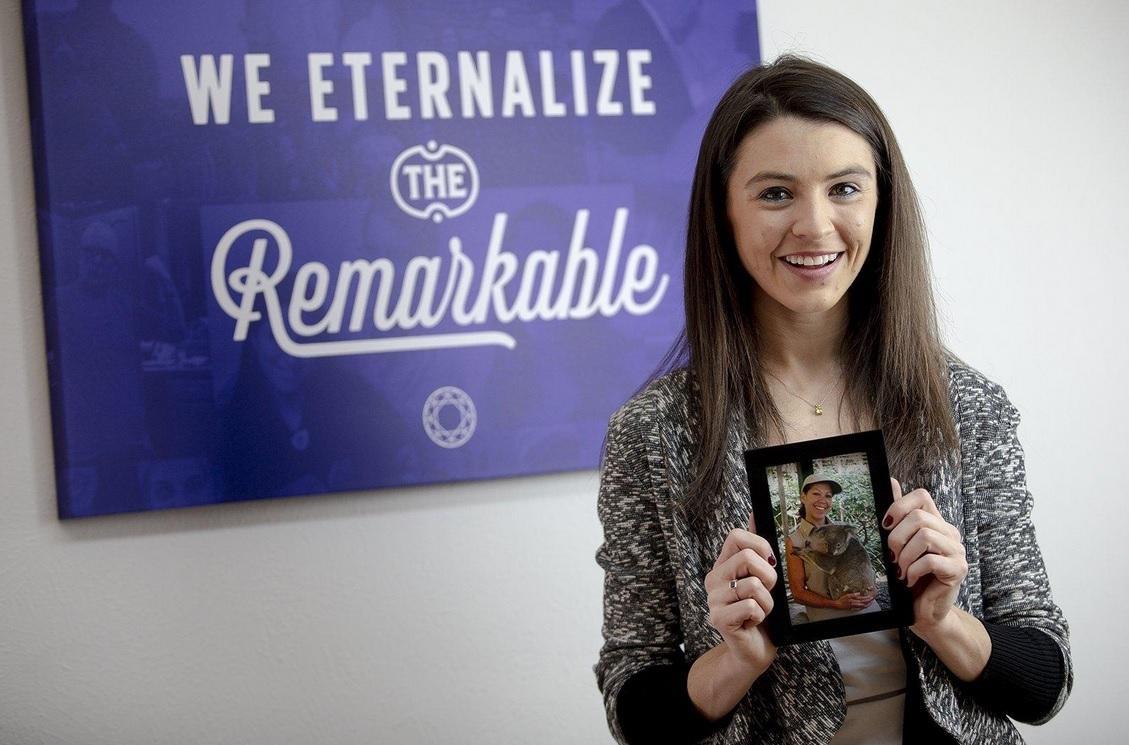The past few months have seen a clear shift in how some of the country’s business and institutional leaders are listening and responding to what previously had been external issues that had no effect on their organizations. Today, CEOs, college presidents, and leaders of all industries are not just responding to issues of diversity, innovation, and globalization, but are also addressing issues involving race in America and their socioeconomic effects on many of our nation’s communities.
These enlightened leaders realize that these issues have gradually crept into their personal lives, corporate offices, and the C-suite. They are issues that we can’t take lightly or be afraid to tackle in the workplace. But, until now, dialogue on race had all but disappeared when it came to diversity efforts in many organizations.
Once, such conversations were the foundation of diversity programming, but despite diversity practitioners walking away from discussions on race, those conversations were happening in our homes and communities. Race, socioeconomic status, and equity are issues of inequality that show up in social media and the news on a daily basis. These topics are in our face and must be addressed — because we can no longer remain silent.
The world’s major societal challenges such as race, poverty, hunger, inconsistent access to quality education and health care, as well as environmental degradation are directly affecting the lives of hundreds of millions of people around the world. They also indirectly affect us all. Along with governments, NGOs, and others, the business community particularly multinational corporations can and must play a more active and productive role in helping to address these remarkably complex problems. The reasons go beyond being the “right thing to do.” If we go about our work in the right way, corporate responsibility can be the profitable thing to do, as well.
This notion of working toward meaningful win/win solutions has been a hot topic in the corporate responsibility arena. For example, Harvard’s Michael Porter and Mark Kramer made a compelling case for creating shared value in the January/February 2011 edition of the Harvard Business Review. Specifically, they suggest that when companies strategically identify the intersection of social needs with their business opportunities and capabilities, new ideas and innovation can emerge.
The result: companies will make greater and more enduring contributions to society and improve their bottom lines. Put another way, they write: “Shared value focuses companies on the right kinds of profits-profits that create social benefits rather than diminish them.” They argue that this could be the future of capitalism.
We have spent many years avoiding these tough issues in the workplace and in our homes as we moved from the ideals of affirmative action and pluralism to inclusion. Without diverse populations, we will never achieve our vision of inclusion. The time is now for diversity practitioners to re-educate themselves, as well as leadership, on current social issues to ensure social justice and diversity are not interchanged but are understood and addressed appropriately.
In recent years, some have chosen to exclude diversity, only to reference inclusion, thus evoking less emotion. Inclusion takes the volatility out of the work, decreasing diversity resistance, because it includes everyone. Inclusion can’t be successful without diversity, and the acknowledgement of social justice is necessary to support the need for diversity and inclusion.
Research has shown that companies with effective Corporate Social Responsibility (CSR) programs are more profitable than those that aren’t. Over the last 50 years, corporations have relied on these programs, which include social issue marketing, philanthropic efforts, employee volunteer initiatives, and diversity and inclusion work, to build their brands and satisfy customers.
Now, consumers and employees are raising the bar. The killing of George Floyd by a white police officer in Minneapolis has driven one of the largest protest movements in recent memory, and the widespread reactions to the standard CSR playbook suggest that old best practices may no longer work. Consumers and employees are now looking for more than Corporate Social Responsibility — they’re looking for Corporate Social Justice.
Corporate Social Justice is a reframing of CSR that centers the focus of any initiative or program on the measurable, lived experiences of groups harmed and disadvantaged by society. CSR is a self-regulated framework that has no legal or social obligation for corporations to actually create positive impact for the groups they purport to help.
Corporate Social Justice is a framework regulated by the trust between a company and its employees, customers, shareholders, and the broader community it touches, with the goal of explicitly doing good by all of them. Where CSR is often realized through a secondary or even vanity program tacked onto a company’s main business, Corporate Social Justice requires deep integration with every aspect of the way a company functions.
Failure to truly integrate social justice into diversity and equity programs can result in public relations blunders. That has happened many times. As a Phenomenal Writing blog post on avoiding such blunders states, “Over the last few years, we’ve seen a slew of public relations disasters from leading corporate brands. … [A]ll these situations could have been avoided. To avoid tone-deaf, meaningless, and racist gestures, your organization must shift its mindset and lean into race and social justice issues. The status quo has changed – tiptoeing and silence is no longer an option.”


